Contents
Soil for coniferous plants has its own characteristics. Therefore, the use of ordinary soil for planting fir, pine and spruce is not permissible. About the secrets of soil preparation for coniferous plants – later in the article.
Soil features for conifers
The optimal soil composition for all coniferous representatives is a mixture of the following components:
- peat (can be replaced with marsh duckweed);
- sand (preferably using river sand);
- humus;
- sod land.
There are a number of nuances that should be considered when choosing soil for conifers:
- Soil structure is an important factor. The ideal option is the state of the “sponge”, so that at least a quarter of the soil is occupied by pores. Calcium will help achieve this.
- Each type of coniferous plant has its own requirements for substrate moisture. For cypress and firs, the same proportion of moisture and breathability is important, and junipers are demanding on filling the soil with air. Fir trees can endure many hardships, but excess moisture in the substrate can be detrimental to these coniferous plants.
- Most representatives of conifers can only grow safely in a substrate with a high acidity index, and some of them, on the contrary, prefer a calmer acidic “atmosphere”. Therefore, this fact must also be taken into account when choosing a soil.
To avoid the many problems associated with growing conifers, the right choice of soil for each species will help.
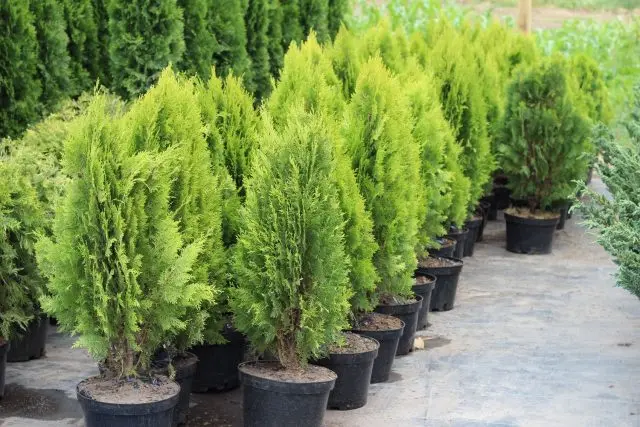
Spruce soil
The main condition for caring for evergreen spruce is the correct selection of soil. The plant belongs to mycotrophs (it has the ability to form symbiotic bonds with earth fungal hyphae, which favor the absorption of microelements from the soil). In view of this, the acidity of the substrate suitable for planting spruce should be in the range of 4,5 – 6,0 pH. At higher values, the soil is enriched with bacteria that inhibit the growth of fungi that are beneficial to the plant.
Another important condition that the spruce substrate must meet is good aeration. Spruce can grow safely on sandy and poor soils, but it does not tolerate stagnant moisture. One rainy season is enough for a tree to die.
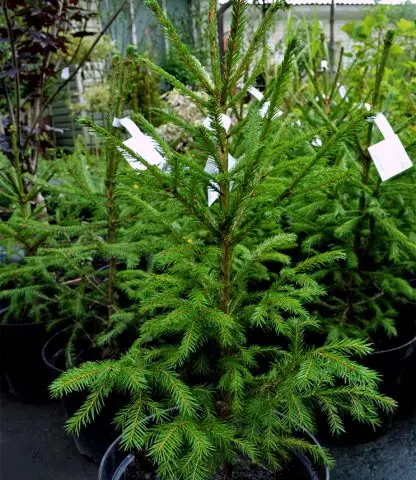
Soil for pines
The soil for conifers, which include pines, should be sandy or sandy loam. When planting pine in clay soil, additional drainage will be required. You can use broken bricks, expanded clay gravel, as well as river sand.
Before planting coniferous seedlings, it is also necessary to add nitrogen fertilizer. It will start working in a couple of weeks.
The acidity of the substrate is also taken into account when planting such types of pine as weymouth and black. These representatives of conifers prefer neutral or alkaline soil. You can reduce acidity by using ordinary lime, which is added to the planting substrate. The amount of lime should be in the range of 200 – 300 g.
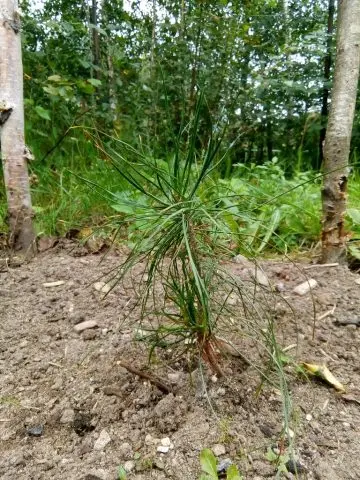
Soil for junipers
Juniper is not so picky about the composition of the soil, it can grow in loamy areas that have a weak drainage system, rocky ground and sandstones. But for young seedlings, it is better to give preference to the following mixture of components:
- peat – 1 part;
- sod land – 2 parts;
- river sand – 1 part.
You can also add a universal fertilizer (nitroammophoska) to the mixture, which can be used for most horticultural crops.
In the case of planting this representative of conifers in loamy soil, it is best to organize additional drainage for it from improvised means – brick chips, pebbles, etc.
When planting a coniferous plant in rocky soil, you need to pay attention to the surrounding vegetation. If there are many weeds around the proposed planting site, then it will be a favorable option for placing juniper seedlings. This trick is used not only by gardeners, but also by American specialists in growing conifers.
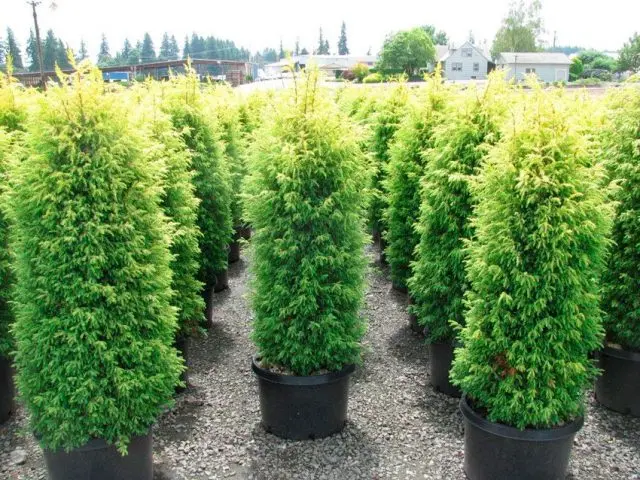
Land for larches
Like juniper, larches can live in almost any soil. Representatives of conifers, whose natural habitat is sphagnum bogs, will suit soil with high acidity (pH 3,5 – 5,5). Species growing in mountainous areas will get along on alkaline substrates (pH 7,0 and above). For the rest, a substrate with neutral acidity is suitable.
Despite the fact that in nature larch can grow in wetlands (with the exception of American and Japanese larches, as well as Griffith), where the substrate has poor drainage and aeration, breeding species are more demanding. “Domesticated” varieties can suffer from excess moisture, up to complete death. Drainage equipment made of brick particles, expanded clay gravel or pebbles will help reduce the risk of adverse situations.
The soil considered optimal for larch may be loamy or containing sandy loam. Acidity can be normal or weak, humidity – medium or high.
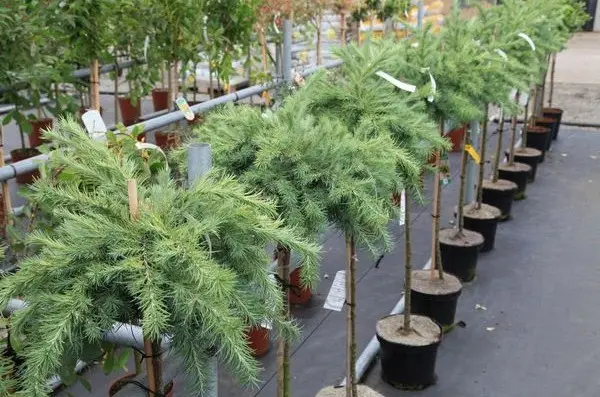
Soil for cedars
Land for conifers, the composition of which varies depending on the type of plant, almost always contains a large amount of sand. Cedar prefers a sandy or loamy substrate, in which even young seedlings take root well. If it is clay at the planting site, then to improve the growth of the tree it is recommended to dilute it with sand and peat (2 parts of the earth require the same amount of sand and 1 part of peat).
Many gardeners add to the soil and a number of fertilizers:
- wood ash;
- humus;
- coniferous soil from the forest.
Soil for conifers such as cedars can be brought from their natural habitats. If the seedling was taken in a specialized nursery, then there is a possibility that the young plant is accustomed to more loyal growing conditions. It is important to consider such a moment at the time of acquiring a cedar, since this factor affects the proportions of the components that make up the soil. For pampered individuals, the amount of sand must be doubled.

Soil for tui
Another representative of coniferous plants is thuja. For her, soil is preferable, in which there will be a lot of trace elements, moisture and drainage. The best option for the substrate is a mixture of peat and sand (1 part each) with earth (2 parts). Its acidity should not go beyond 5 – 6 pH.
If the site has loamy soil, then a year before planting a coniferous plant, it must be brought to the appropriate parameters by introducing the above components into the ground. As a drainage system, it is permissible to use coarse sand, pebbles or fine gravel from expanded clay, as well as fragments of baked bricks.
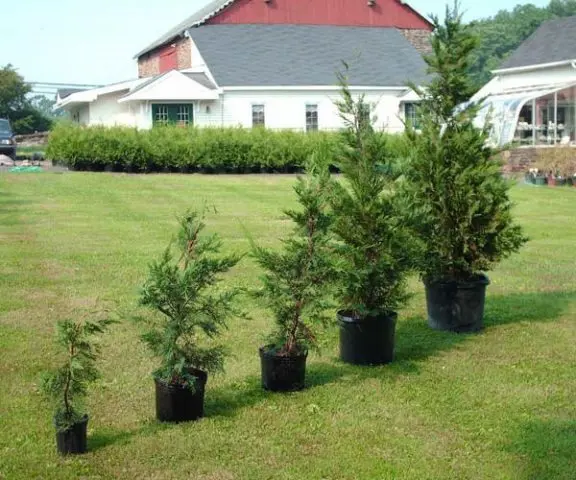
Soil for firs
Quite whimsical, in comparison with their fellow conifers, is fir. Well-drained loamy soil is suitable for it, in which moisture does not linger. In a dry place, a coniferous plant can quickly die, just like in a swampy one. The best option is a site located near a reservoir, where the soil will meet all the necessary parameters.

Land for cypress trees
Soil for conifers, the composition of which can be called ideal, is prepared by experienced gardeners on their own. Despite the presence of balanced mixtures in stores, those who want to start breeding cypress make a substrate from the following components:
- 3 parts of sod land;
- 2 parts of coniferous humus;
- 1 part of the sand.
In the absence of coniferous humus, it can be replaced with peat, but the quality of the soil will decrease significantly. To improve performance, it is recommended to introduce a small amount of clay and vermiculite into the mixture.
If self-production of the soil is not possible, then the best option for this coniferous plant will be the soil for the azalea. It contains the necessary components that provide the necessary acidity of the soil.
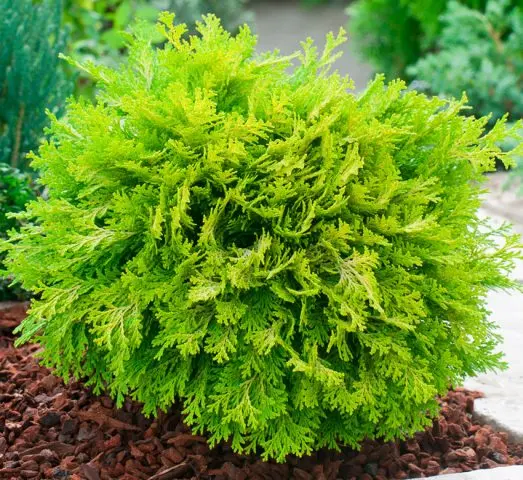
Soil for yews
Yew prefers light soil. Despite this, it should contain a large number of trace elements. Gardeners have their own opinion on the composition of the substrate for yews:
- 3 parts of sod or leaf land;
- 2 parts of coniferous humus or peat;
- 2 parts coarse sand.
Soil for conifers must also be selected depending on the type of plant. So, yew berry can feel comfortable only on alkaline and slightly acidic soils. The spiky yew prefers soil with a neutral pH. For medium yew, it is better to choose slightly alkaline or neutral soil.
The main enemy of this coniferous plant is the increased humidity of the substrate, as well as the polluted environment. If the first point regarding the level of moisture can be easily corrected by mixing more peat into the soil and drainage equipment, then even additional vitamin dressings will not help in the fight against environmental pollution. Therefore, yew is never planted within the city.
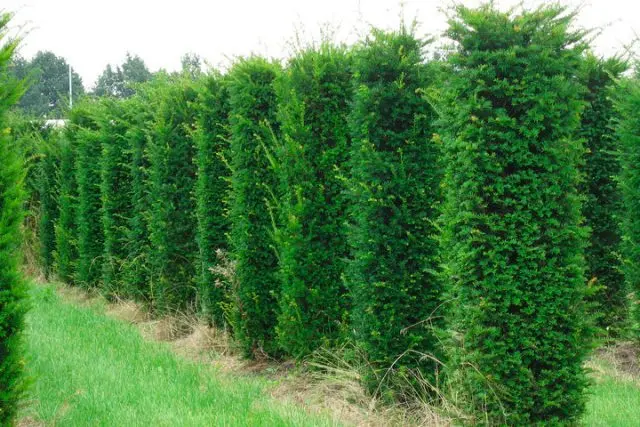
Conclusion
Choosing soil for coniferous plants is not always as easy as it seems at first. Since there is no optimal soil composition, when choosing a substrate for each particular species, it is recommended to take into account not only its preferences, but also the existing natural conditions.









